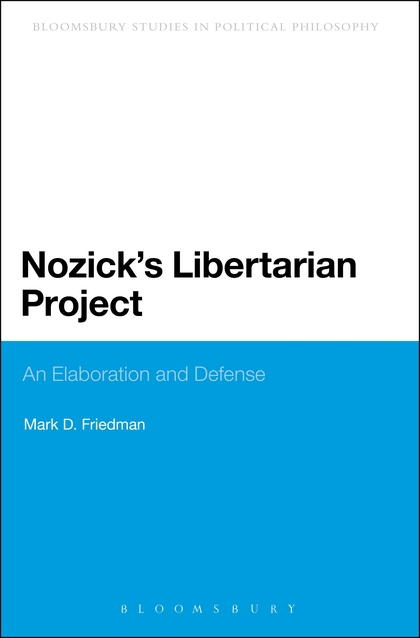In a post last month I discussed the disgraceful failure of our public schools to adequately educate our most gifted children. As if on cue, the Wall Street Journal published last week an important opinion piece on this subject. This essay, “The Bright Students Left Behind,” by Chester Finn, Jr. and Brandon Wright (both affiliated with an Ohio think-tank dedicated to school reform) does a superb job of diagnosing and documenting the disease, but falls far short in its recommended cure.
The authors correctly observe that for decades our K-12 efforts have “focused on boosting weak students to minimum proficiency while neglecting the children who have already cleared this low bar.” They also say that when “the parents of ‘gifted’ children complained, they were accused of elitism,” thereby endorsing the claim in my earlier post that our polity’s egalitarian reflex is to blame.
More substantively, the authors note that on the most recent PISA (Program for International Student Assessment) exams, a paltry 9% of American 15-year-olds demonstrated not just competence, but high achievement, in math. This is a markedly inferior performance relative to other advanced nations. Canada, for example, achieved a 16% figure, and Germany scored 17%.
However, it is perhaps more disturbing that—as the authors observe–only one in eight of our students demonstrating mastery came from the bottom socioeconomic quartile. In Canada, this percentage was one in four; in Germany, one of six; and in Singapore, one in three. The implication is clear: we are not identifying and nurturing gifted kids from disadvantaged households.
And, just as kids from low-income families generally attend the worst public schools, it seems equally clear that highly capable poor students will be more gravely injured by the current system than similar students from more affluent families. The latter are more likely to have parents able to pay for a “second chance” in college or to at least start them in a suitable trade or business. In contrast, kids from more hardscrabble backgrounds may have no obvious path forward when they graduate from high school with a distaste for schooling lingering in their mouths.
According to the authors, the federal government should do a better job of monitoring the performance of the various states regarding the education of gifted students, and the states and districts should offer “schools that admit on the basis of academic potential,” including at the middle and elementary school levels. This proposal is, at best, woefully naïve.
It is no accident that our high school students rank 20th globally in science and 27th in math,[1] despite the US spending the fifth most per pupil in the world on secondary education. Our public institutions are hamstrung by union work and discipline rules, and their monopoly status for all parents unable to pay twice for their children’s education. They can and will do no better teaching gifted students than they do with respect to all others. The reforms suggested by the authors would be met by the same cries of “elitism” they describe in their essay.
The optimal solution is, as I have argued elsewhere, getting the state out of the education business, except for funding the education of kids whose parents who simply can’t afford to do so.[2] In such cases, the parents should receive vouchers or taxpayer funded scholarships on a need-based, sliding scale. If parents were not coercively taxed to fund the public schools, most could afford to send their kids to the institution they believe to be the best match for their aptitudes and needs.
In the case of the gifted, many parents would select a private institution that specializes in this instruction, or at least one that would do its upmost to accommodate the special demands of such students. Giving parents this opportunity is the only policy that respects the right of all children, including the gifted, to an appropriate education.
_____________________
1. This statistic is cited by the authors in the referenced essay.
2. See the discussion and sources cited in my Libertarian Philosophy in the Real World, Chapter 8.






